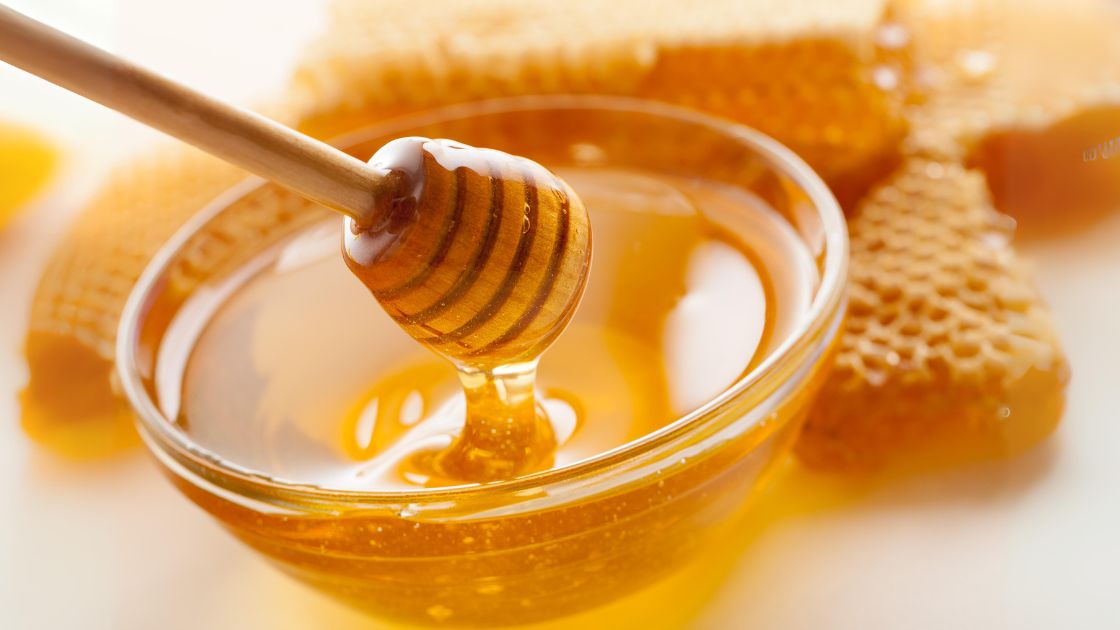
Using Camphor for Muscle Pain: How Does it Work?
Camphor's pain-relieving and decongestant qualities are well recognised, and the oil is commonly used in folk medicine and aromatherapy to treat various physical and mental problems. However, camphor oil's advantages are thought to extend well beyond its capacity to clear the airways and relax tight muscles.
According to anecdotal and scientific data, camphor helps heal infections, burns, hair growth, and even bug stings. This explains why camphor essential oil is found in innumerable household medicine cabinets, providing relaxing and relieving benefits to individuals of all ages. Here, we'll go over how to utilise the oil and the benefits of utilising camphor for muscle discomfort.
What is camphor?
Camphor is a chemical that was traditionally produced by distilling the bark and wood of the camphor tree. It is most often manufactured nowadays from turpentine oil and has a very unique odour. It appears to activate nerves, alleviating symptoms such as pain and itching. Camphor causes a cool sensation in the nose, making breathing easier. People use camphor to relieve coughs, discomfort, and itching. It is also claimed to treat bug bites, acne, and various other diseases.
Possible causes of muscle pain
Muscle discomfort can result from a variety of sources. Aching muscles, also known as myalgia, can be the result of an accident, a sign of a disease or illness, or a drug side effect.
Muscle strain
Injury is a common cause of muscular discomfort. Strenuous activity or rapid movement can also cause muscular injury. Overstretching a muscle might result in a strain.
Muscle contusion
Pain in the muscles might also result from a muscular contusion. This injury, also known as a muscle bruise, can develop from a direct hit to the muscle, causing microscopic blood vessels known as capillaries to bleed and surrounding tissues to expand.
Myofascial pain syndrome
Some persons suffer from muscular discomfort as a result of a chronic ailment. Myofascial pain syndrome (MPS) is a kind of pain disease characterised by muscular trigger points. Trigger points are tight muscle and fascia bands (the tissues surrounding muscles) that feel like small knots under the skin.
Potential uses of camphor in treating muscle pain

Camphor, a naturally occurring substance produced from the camphor tree, has long been utilised for its therapeutic benefits, notably to relieve muscular discomfort. Traditional practices and scientific studies have shown that topically applied camphor has analgesic and moderate numbing properties. When applied topically, camphor oil for muscle pain may stimulate nerve endings in a way that reduces pain signal transmission.
Early investigations indicate that when administered as a cream or salve, it may provide localised relief from arthritis, back pain, sprains, and muscular soreness. However, human evidence is scarce, necessitating caution without medical expert assistance.
Here are some potential applications of camphor oil for muscle pain in treating muscular discomfort:
- Anti-inflammatory: Camphor has anti-inflammatory qualities, which can help decrease swelling and inflammation caused by muscular stiffness or injury.
- Analgesic: Camphor has analgesic qualities, reducing muscular pain and discomfort by blocking pain signals to the brain.
- Cooling and soothing: Applying camphor topically helps relieve tense or strained muscles and offers a cooling sensation.
- Muscle relaxant: Camphor has been known to have muscle-relaxing effects, which can help alleviate muscle spasms, cramps, and tightness.
- Aromatherapy: The distinct aroma of camphor can be used in aromatherapy, promoting relaxation and potentially reducing stress-related muscle tension.
- Topical applications: Camphor can be incorporated into creams, ointments, or gels for localised application on sore or strained muscles, providing targeted relief.
How to use camphor for muscle pain relief?
There are many different pain treatment alternatives available. However, camphor might be an excellent option if you want something both powerful and natural.
Camphor can relieve muscular discomfort simply by applying it to the afflicted region. Camphor comes in many forms, including lotions, oils, and ointments. Apply camphor oil for pain relief to the skin for the most incredible benefits, and gently massage it until absorbed. Oils containing pure camphor are among the best and most widely accessible pain treatment medicines on the market.
Whether you have joint pain, arthritis, gout, nerve pain, or tense muscles, it gives immediate and long-lasting relief from mild to chronic pain. However, if you are suffering from severe nerve, muscle, or joint pain and want to find holistic solutions, you should contact a reputable Ayurvedic specialist.
Side effects and safety considerations
While camphor oil for pain relief is generally safe and effective when used properly, there are specific health hazards to consider. Documented adverse effects often appear only after a significant dosage but may include:
- Liver damage
- Harmful neurological reactions like seizures
- Skin and membrane irritation at application sites
- Additional poisoning symptoms of vomiting, convulsions, and more depending on the camphor amount and bodily exposure
Special precautions and warnings with camphor

Notable safety considerations apply to the following groups:
1. When ingested
Consuming camphor by mouth is considered dangerous and can result in serious, even deadly, adverse effects. Given the high risks, oral camphor should be avoided unless under medical care in rare situations. Even modest accidental dosages have resulted in poisoning, necessitating prompt emergency treatment. Essentially, taking camphor extracts without a doctor's consent can be fatal.
2. When applied to skin
According to research, topical camphor is likely safe at low concentrations ranging from 0.1-11% when applied judiciously to healthy skin over a short period. However, some people may continue to suffer localised redness, stinging, or irritation. It is unclear if the advantages outweigh the hazards of long-term or widespread use. Furthermore, injured skin can severely enhance camphor absorption. Thus, only intact regions should receive topical treatments. Heating items like muscle massages can potentially exacerbate skin responses and cause burns. If people experience unpleasant skin reactions, they should stop using it and consult their doctor.
Conclusion
Camphor is used in many natural treatments for a variety of reasons, including its ability to ease muscular pain and arthritis, as well as its anti-inflammatory and antiseptic properties. If you're seeking an alternate or complementary kind of pain treatment, consider camphor! Its therapeutic powers, and attractive perfume might meet your body's requirements.
FAQs
1. Can camphor be used alongside other muscle pain remedies?
Camphor is frequently used with other muscular pain treatments, such as over-the-counter pain relievers, hot or cold therapy, stretching, and massage. However, it is always advisable to consult a healthcare practitioner before combining several therapies, especially if you have any underlying medical issues or are taking drugs.
2. Can I use camphor essential oil if I'm pregnant?
People who are pregnant should avoid using camphor essential oil. This is because it has the potential to cause birth abnormalities, as do all camphor-containing products. If you are pregnant and feel that camphor oil may be able to heal your disease or sickness, you should seek an alternative.
3. Is camphor safe for children?
Camphor may not be safe for usage in youngsters since it can cause hepatotoxicity and neurotoxicity. Children have experienced seizures as a result of cutaneous, gastrointestinal, and inhalational Camphor exposure.
4. How long should muscle pain last?
It depends on the cause. Muscle strains (also known as pulled muscles) can take between three and six weeks to recover. If muscular discomfort is a sign of an illness or sickness, healing time might be as short as a few days (as with the flu) or as long as a lifetime.
5. What should be the concentration of camphor used for muscle pain?
Camphor is most commonly used in ointments and other topical preparations with concentrations of 4.7% to 5.3%. Adults often apply it to their skin three to four times each day.




